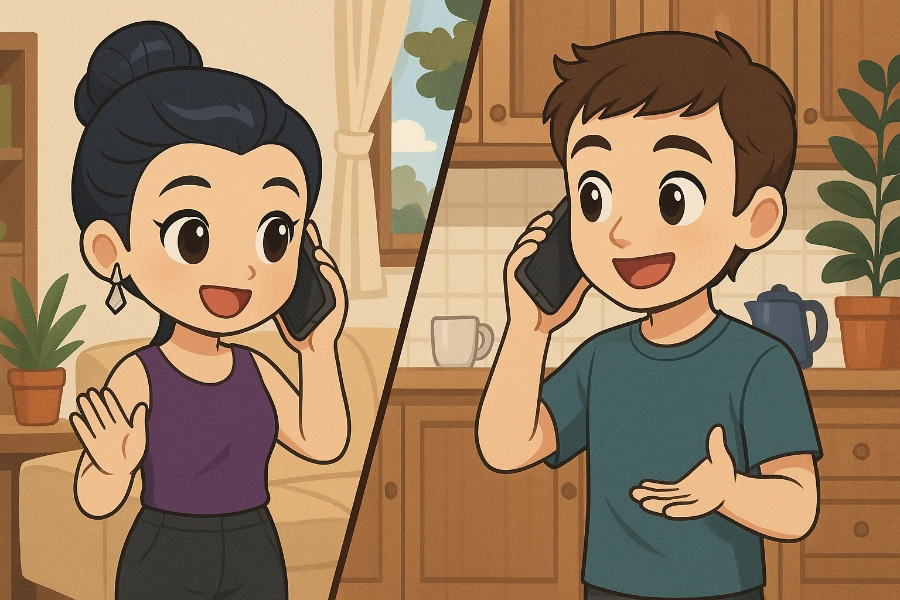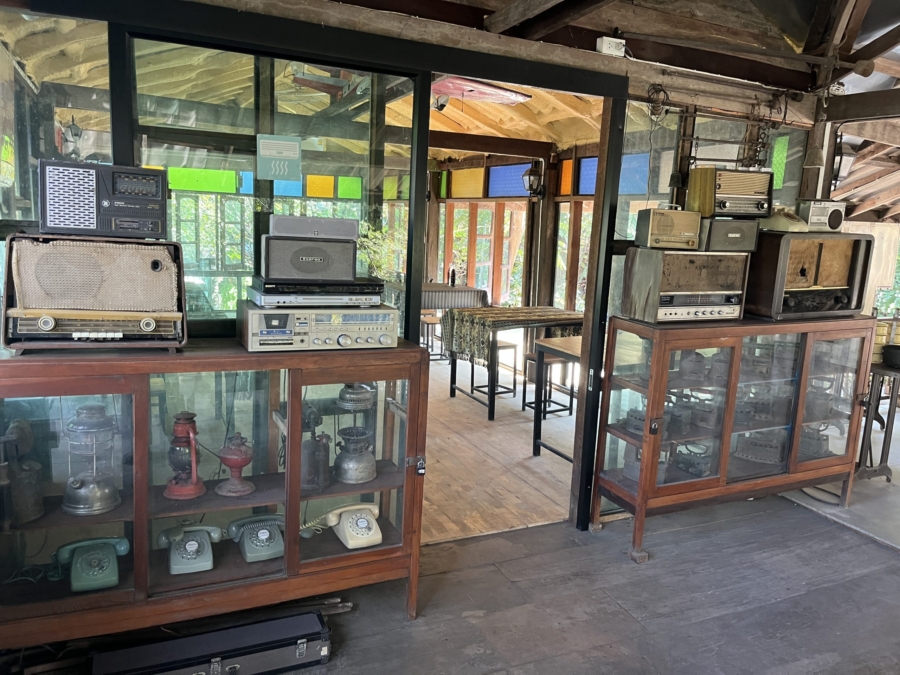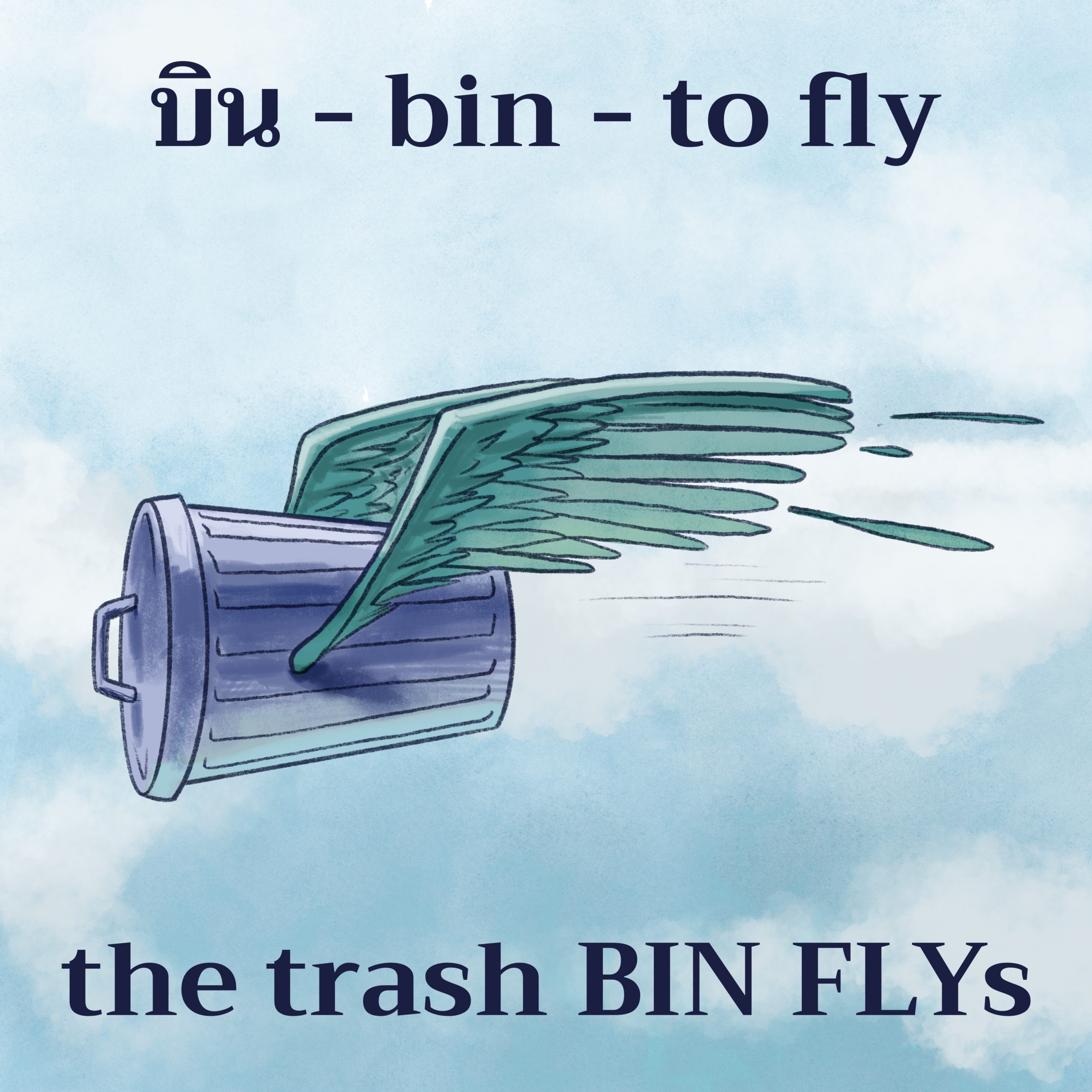Author: Travis Gore
-
Lesson 6: Exchanging Contact Info
1) Vocabulary 2) Dialogue 3) Grammar Notes 4) Flash Cards
-
Lesson 5: Making Plans & Talking About Time
1) Vocabulary 2) Dialogue 3) Grammar Notes 4) Flash Cards
-
Lesson 4: Ordering Food & Drinks
1) Vocabulary 2) Dialogue 3) Grammar Notes 4) Flashcards
-
Lesson 3 — How are you? Where do you live? What do you do?
1) Vocabulary 2) Dialogue A: สบายดีไหมคะ (sà-baai-dii mǎi khá) — How are you? B: สบายดีค่ะ แล้วคุณล่ะ (sà-baai-dii khâ, lɛ́ɛo khun là) — I’m fine, and you? A: ฉันไม่ค่อยดีค่ะ เหนื่อยนิดหน่อย (chǎn mâi khòi dii khâ, nʉ̀ai nít nòi) — Not so good, a bit tired. B: คุณอยู่ที่ไหนคะ (khun yùu thîi nǎi khá) — Where do you…
-
Lesson 2 — Introducing Yourself: Names & Origins
1) Vocabulary 2) Dialogue 3) Grammar notes 4) Flash Cards
-
Lesson 1 — Absolute Basics: Hello, Thanks, Yes/No, Polite Particles
1) Vocabulary 2) Dialogue 3) Grammar Notes 1) Polite Particles (คำลงท้ายสุภาพ) In Thai, polite particles are added at the end of a sentence to make it sound more polite and respectful. These particles don’t have a direct meaning like “sir” or “ma’am” in English, but they are essential to sounding natural and respectful in Thai…
-
Thai Phonetic Alphabet
This website uses a phonetic system to represent the sounds in the Thai language. Why learn a phonetic system instead of learning to read the Thai alphabet? Think of a phonetic system like training wheels. A phonetic system uses as much of what you already know as possible. You may benefit from a phonetic system…
-
เฮือนไม้ในสวน – Wooden House in the Garden Restaurant
This is a beautiful little restaurant in the San Kamphaeng area that has a lot of seating, good prices, a beautiful atmosphere, water, ducks, and… ostriches? If you are wondering, the meaning in Thai is: Restaurant Contact Information เฮือนไม้ในสวน+66 62 309 0099https://maps.app.goo.gl/ocFqTK6YTuBJw5Q78?g_st=ic Here is what I ordered…
-
More Vocab Mnemonics!
Here are some of the recent vocab mnemonics that I’ve created recently. Hopefully they will help the words stick in your brain!
-
Mnemonic Vocabulary Cards
Here are some mnemonics I have worked on over the years to help me (and others) learn new vocabulary words. The last one (Bra-Goat) is my favorite… in case you were wondering.










